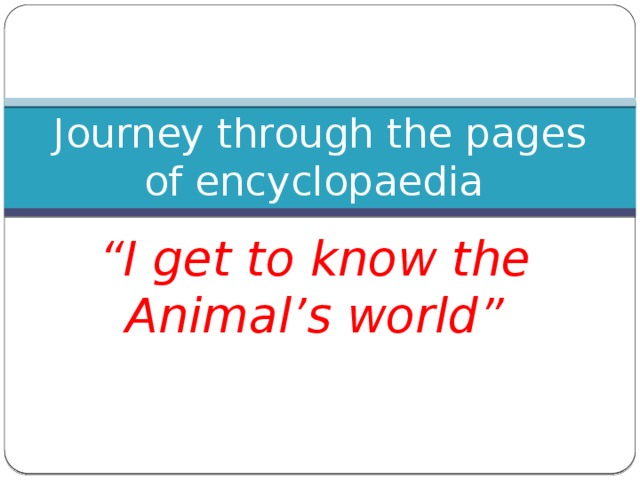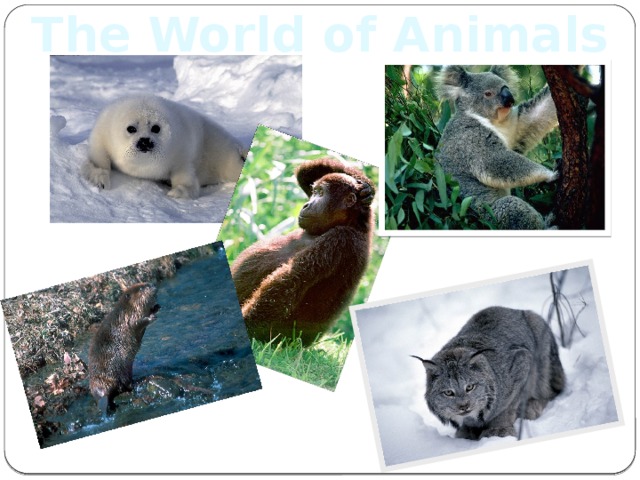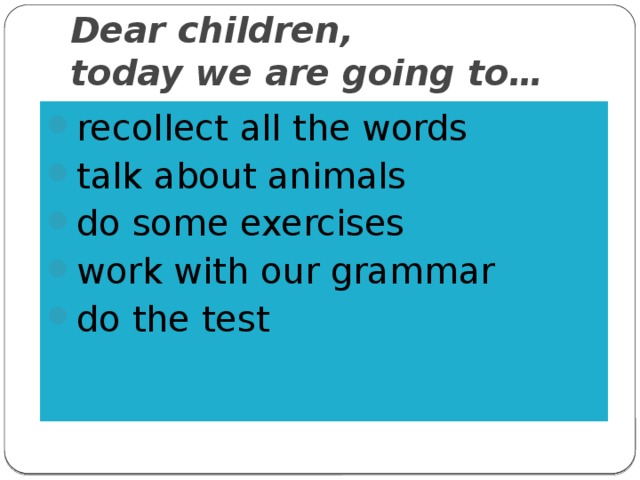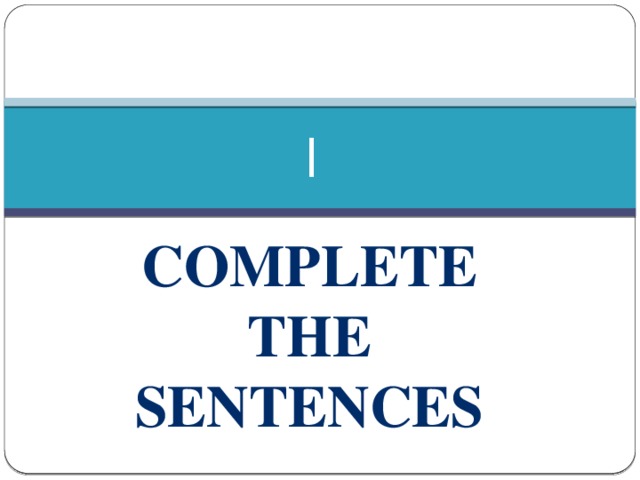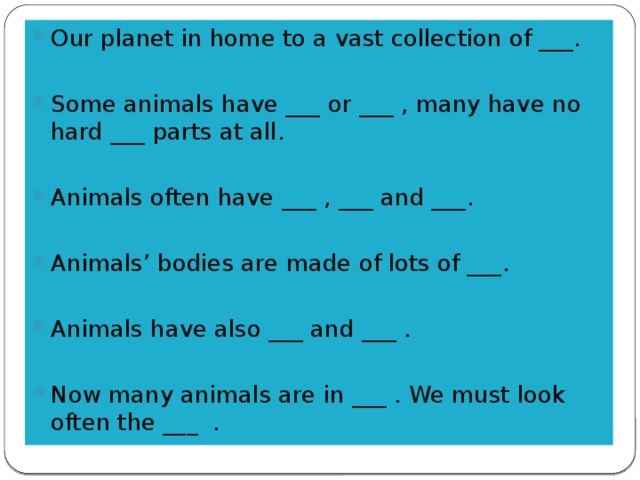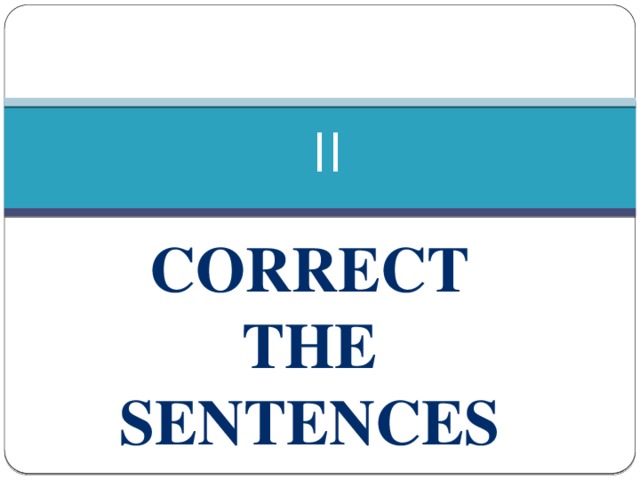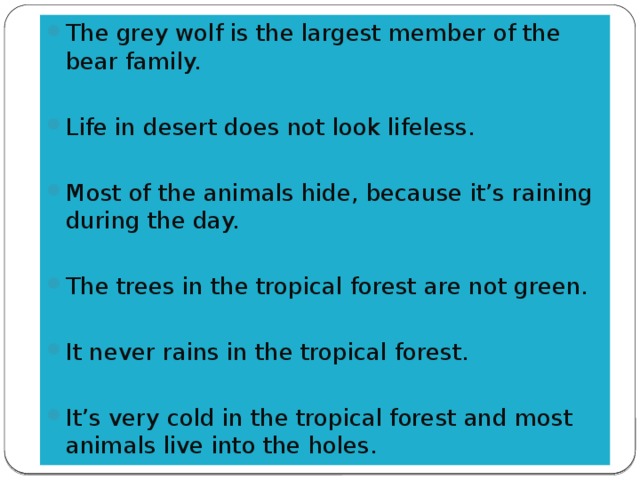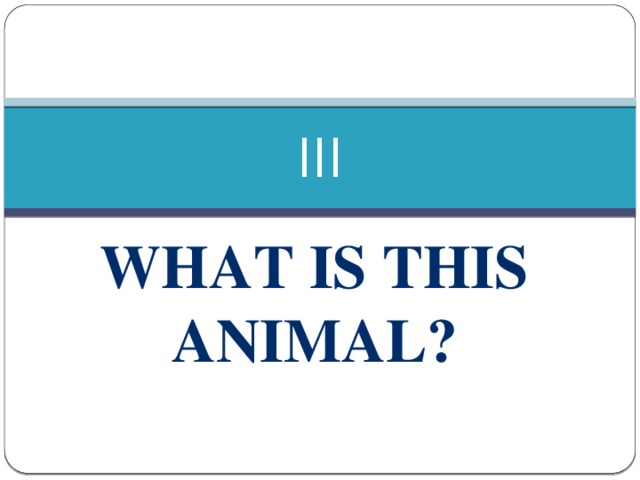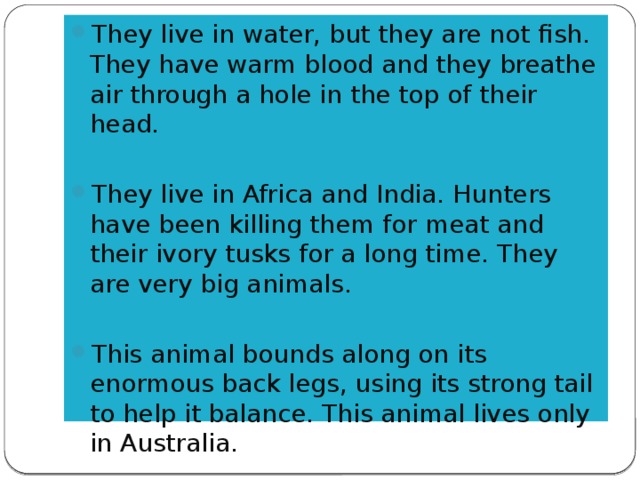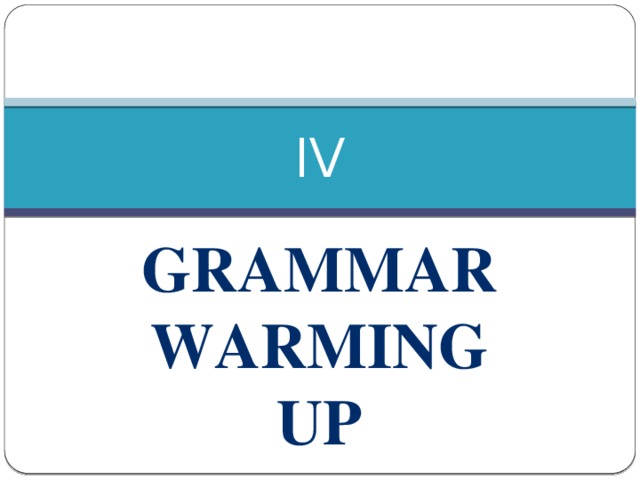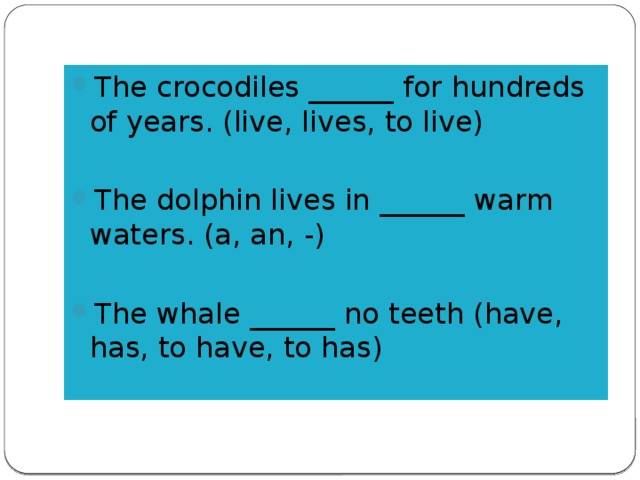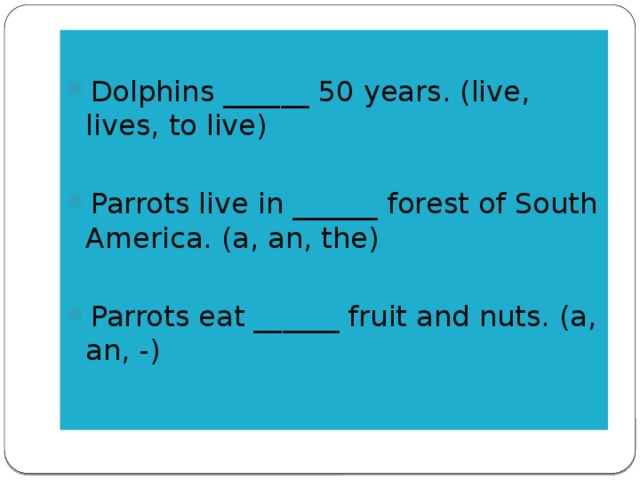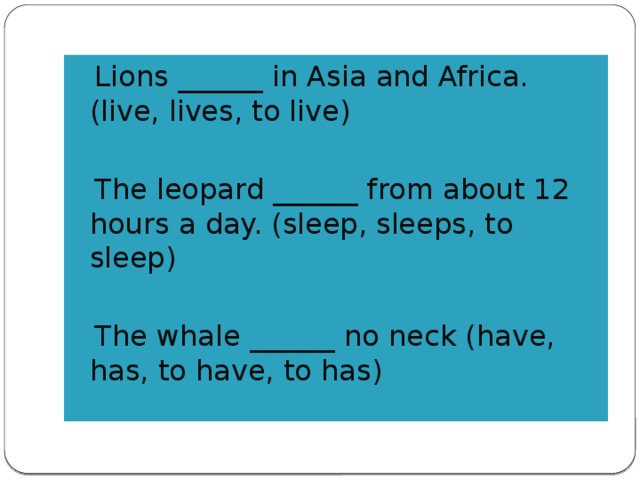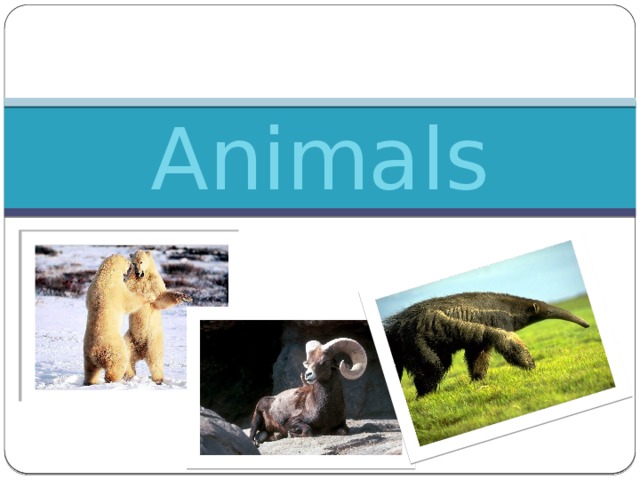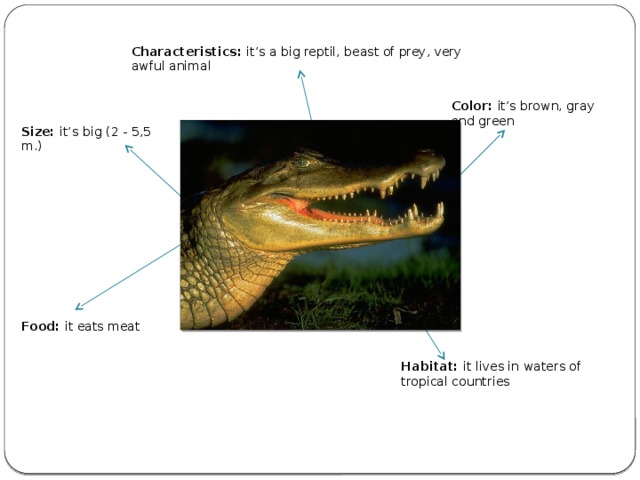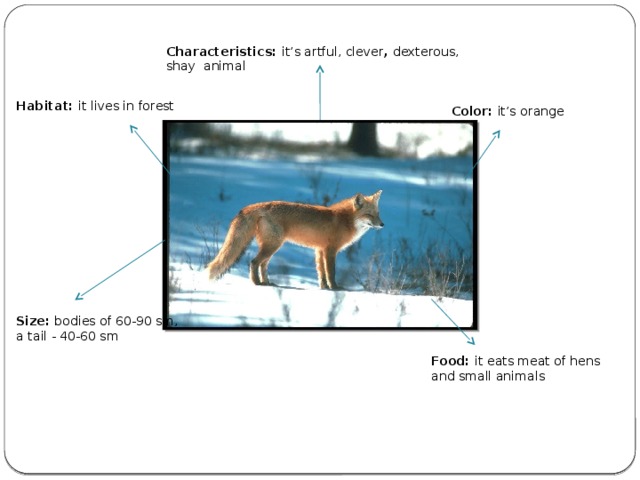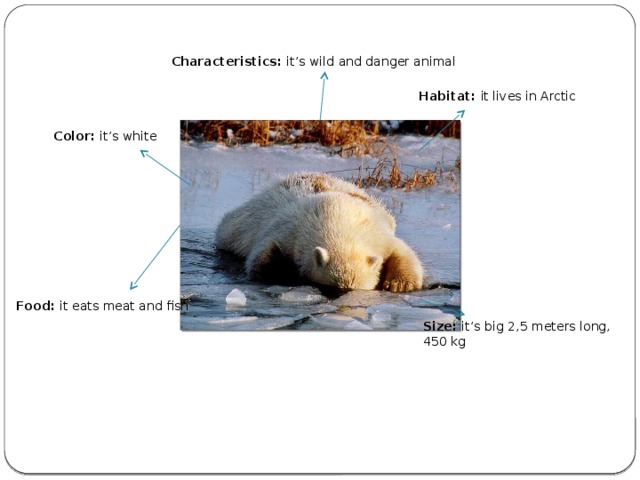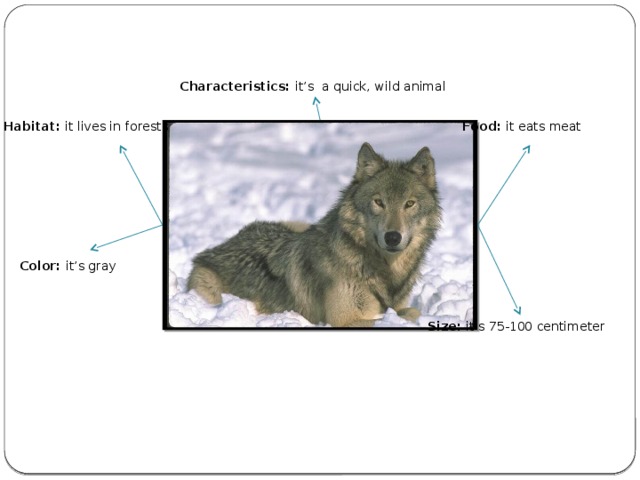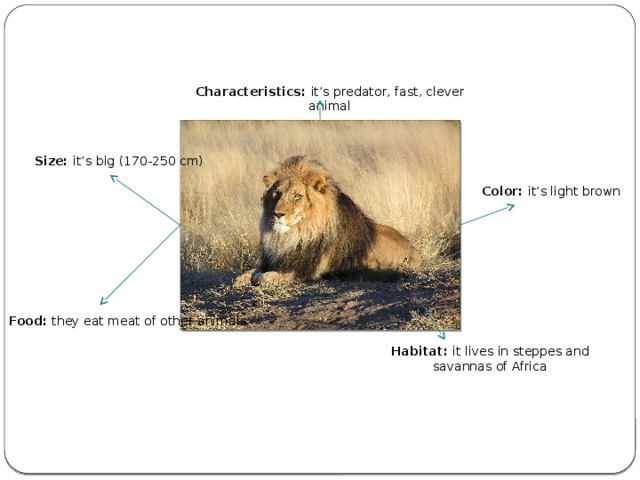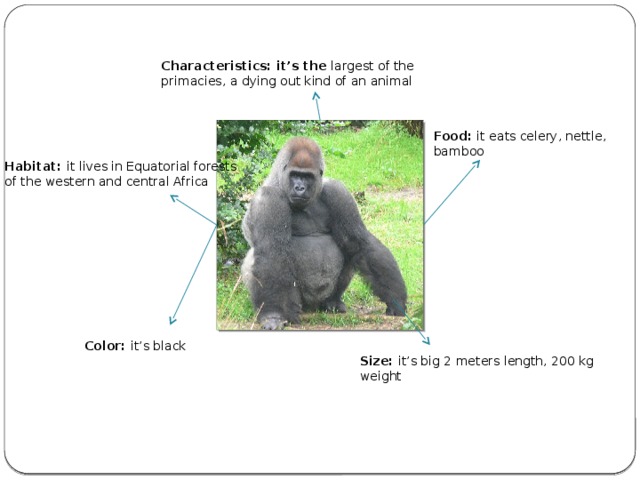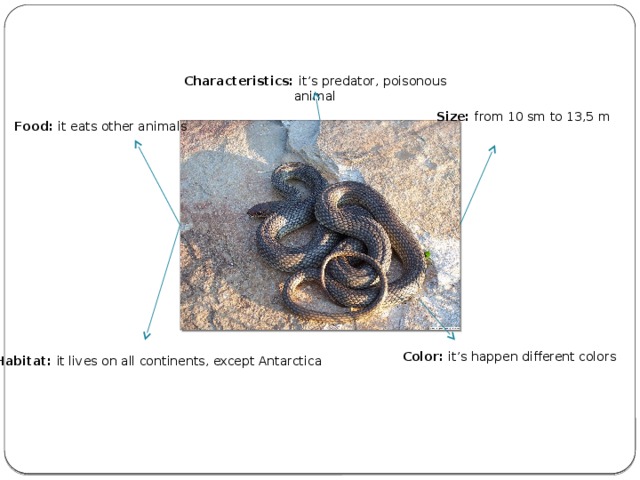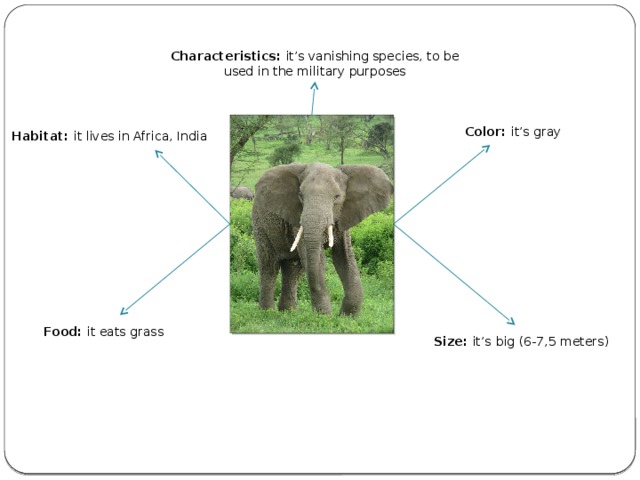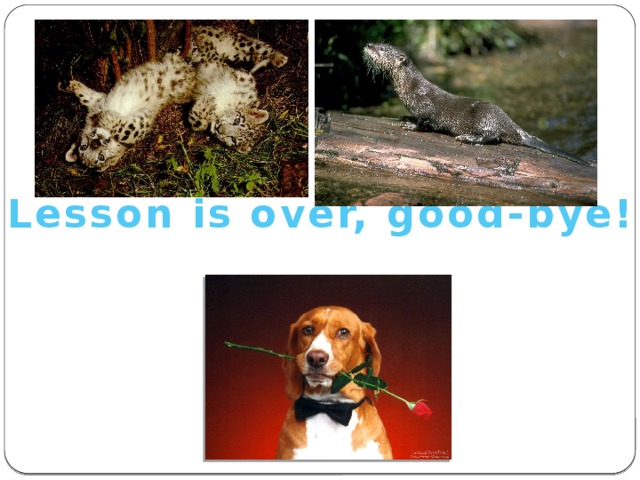Урок по данной теме несёт обобщающий характер. Урок строился на основе следующих стратегий: заверши предложение, исправь ошибку, отгадай что это за животное, назови животное, которое....., граматическая разминка. Данные стратегии позволили в полном объёме проанализировать и выявить знания учащихся по изученной теме.
Создайте Ваш сайт учителя Видеоуроки Олимпиады Вебинары для учителей
Vbh ;bdjnys[
Вы уже знаете о суперспособностях современного учителя?
Тратить минимум сил на подготовку и проведение уроков.
Быстро и объективно проверять знания учащихся.
Сделать изучение нового материала максимально понятным.
Избавить себя от подбора заданий и их проверки после уроков.
Наладить дисциплину на своих уроках.
Получить возможность работать творчески.
Просмотр содержимого документа
«Vbh ;bdjnys[ »
Полезное для учителя
Распродажа видеоуроков!
1600 руб.
2660 руб.
1600 руб.
2660 руб.
1850 руб.
3080 руб.
1690 руб.
2820 руб.
ПОЛУЧИТЕ СВИДЕТЕЛЬСТВО МГНОВЕННО
* Свидетельство о публикации выдается БЕСПЛАТНО, СРАЗУ же после добавления Вами Вашей работы на сайт
Удобный поиск материалов для учителей
Проверка свидетельства
